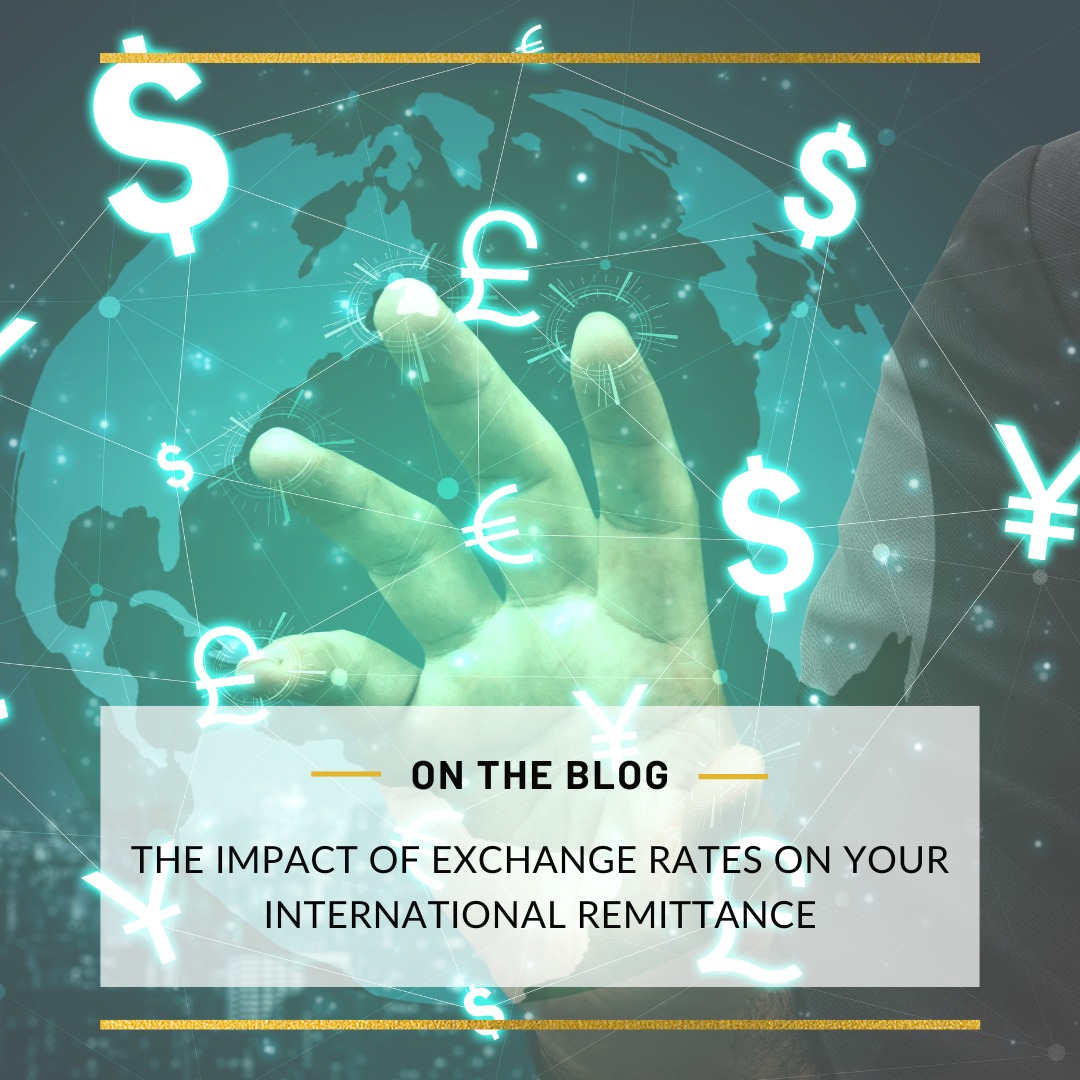In our interconnected world, millions of people send money across borders every day. Whether you’re supporting family, paying for services, or investing in another country, international remittances are a vital part of the global economy. However, one crucial factor can significantly affect the amount of money received: exchange rates. Understanding how exchange rates impact your international remittance is essential for maximizing the value of your money transfers.
What Are Exchange Rates?
Exchange rates are the value of one currency in terms of another. For example, if the exchange rate between the US dollar (USD) and the Euro (EUR) is 1.10, this means that 1 USD equals 1.10 EUR. Exchange rates fluctuate based on various economic factors, including interest rates, inflation, political stability, and economic performance. These fluctuations can directly influence the amount of money received when you send an international remittance.
How Exchange Rates Affect Your Remittance
- Amount Received by the Recipient:
- The most direct impact of exchange rates is on the amount of money the recipient gets. If you send $1,000 to a country with a high exchange rate relative to your currency, the recipient will receive more of their local currency. Conversely, a low exchange rate means the recipient gets less.
- Transfer Costs:
- Banks and money transfer services often charge fees for international transactions. These fees can be fixed or a percentage of the amount sent. Additionally, these services typically add a margin on top of the interbank exchange rate, which means the rate you get is slightly worse than the market rate. This margin can vary significantly between providers, affecting the total cost of the transfer.
- Timing of the Transfer:
- Exchange rates fluctuate continuously due to market dynamics. Timing your transfer can make a significant difference in the amount received. For instance, sending money when your currency is strong against the recipient’s currency can maximize the funds they receive.
- Economic and Political Factors:
- Events such as elections, economic policies, and international trade agreements can cause sudden changes in exchange rates. Staying informed about these factors can help you decide the best time to make a transfer.
Strategies to Mitigate Exchange Rate Impact
- Compare Rates and Fees:
- Before making a transfer, compare the exchange rates and fees offered by different banks and money transfer services. Online comparison tools can help you find the best deal.
- Use Forward Contracts and Limit Orders:
- Some transfer services offer forward contracts, allowing you to lock in a favorable exchange rate for future transfers. Limit orders enable you to set a target exchange rate; the transfer is executed when the market rate meets your target.
- Regular Transfers:
- If you make regular remittances, consider setting up automated transfers with a service that offers favorable rates. This can help mitigate the impact of short-term rate fluctuations.
- Stay Informed:
- Keep an eye on economic news and exchange rate trends. Being aware of market conditions can help you choose the best times to send money.
Conclusion
Exchange rates play a crucial role in international remittances, affecting the amount received by the beneficiary and the cost of the transfer. By understanding how exchange rates work and employing strategies to mitigate their impact, you can ensure that more of your hard-earned money reaches its intended destination. Whether you’re sending money to support loved ones, pay for services, or invest abroad, a little knowledge about exchange rates can go a long way in maximizing the value of your remittance.
